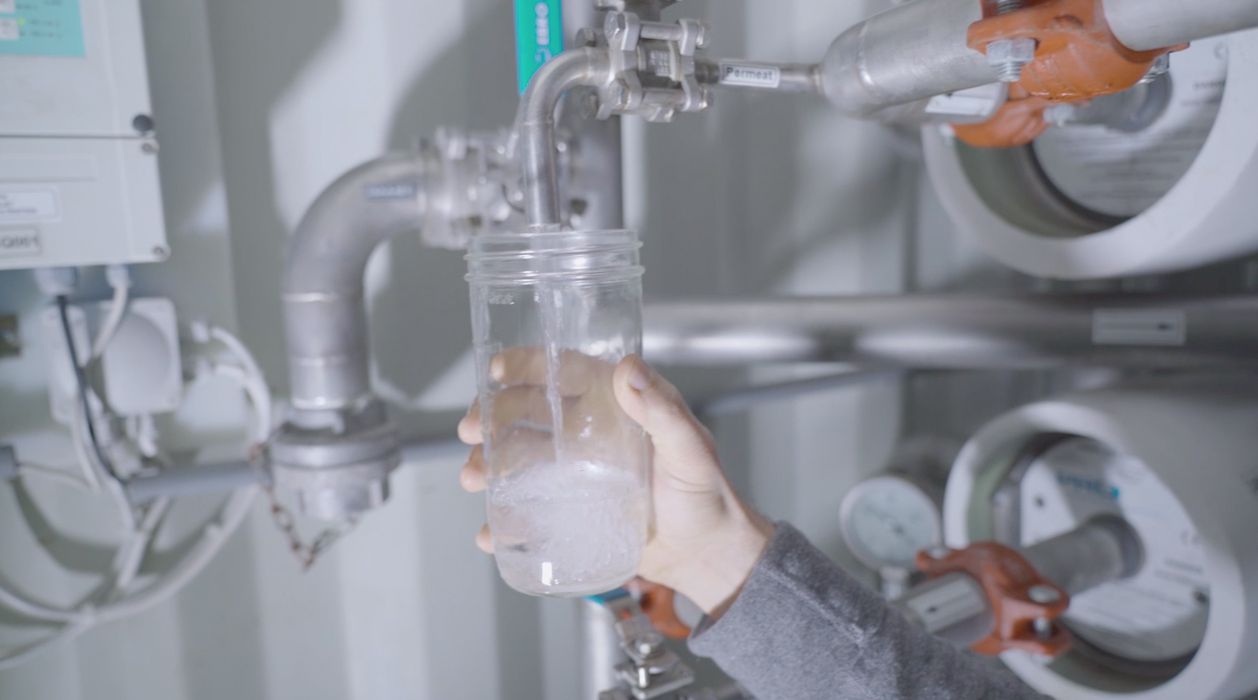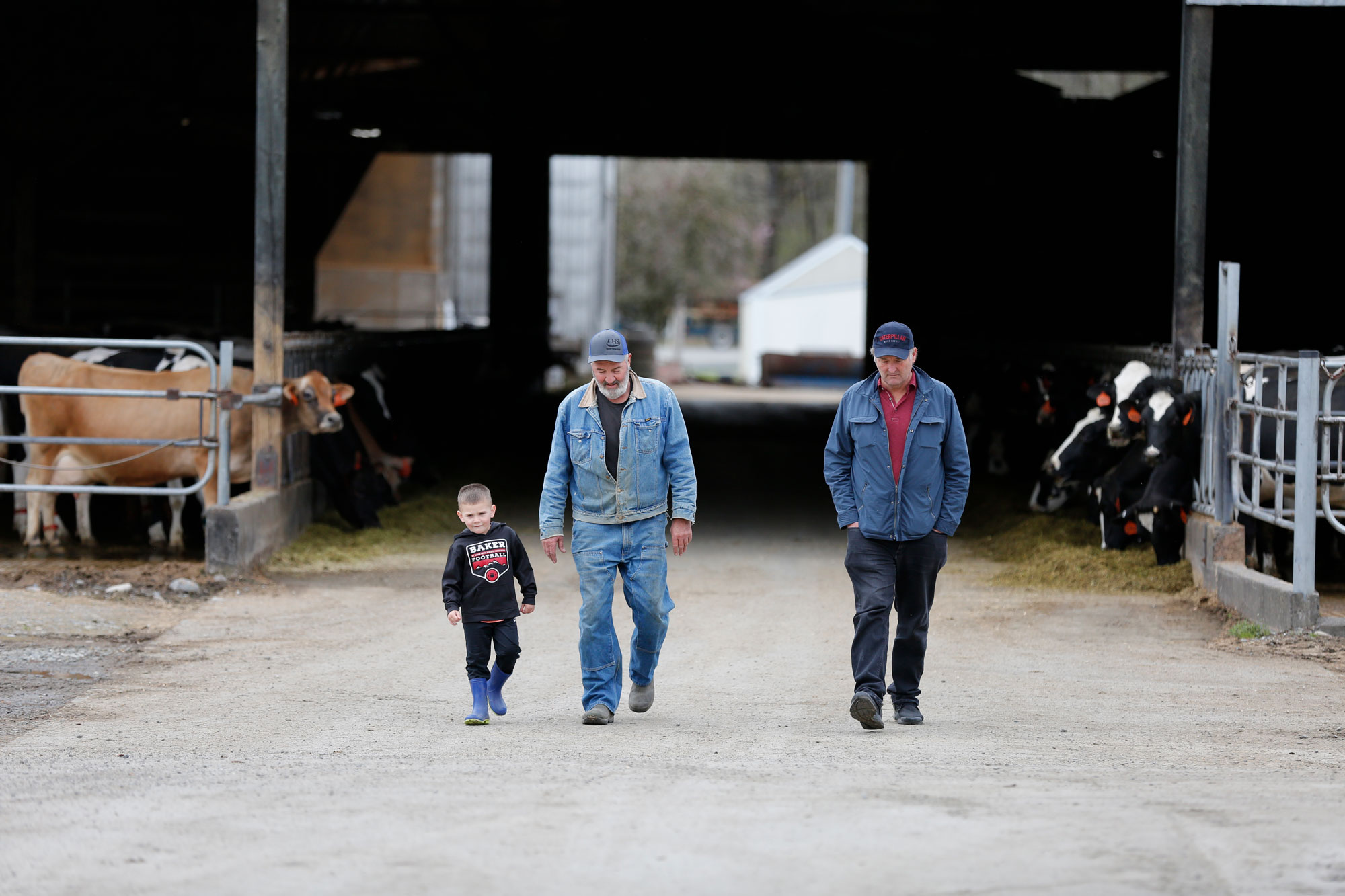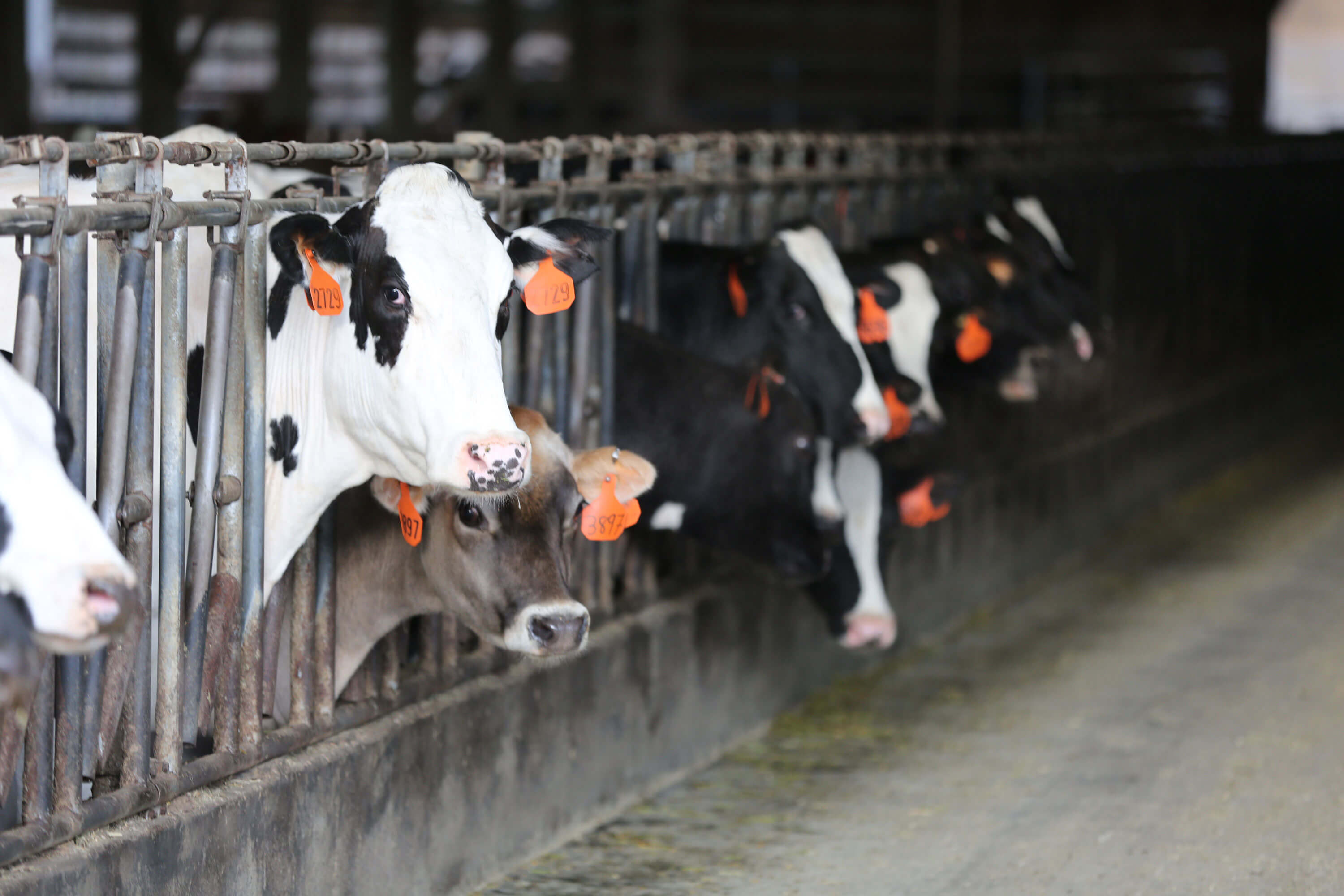
Turning Excess into an Asset
-
1.3 billion people depend on livestock for their employment, while billions more rely on livestock to provide food for their families.
-
Domestic livestock production is safe and has not played a role in the spread of COVID-19.
-
Livestock production is a regulated, monitored system with food safety and public health at its core.
In many parts of the U.S., climate change has caused farms to experience water shortages, forcing farmers to ration water. But Coldstream Farms is experiencing a different problem.
Located in Washington’s South Fork Valley, Coldstream Farms often sees more water than it can manage, especially during the rainy months.
“We have so much rainfall here that we have excess nutrients, diluted with water that we were trying to remove from our facility,” said Galen Smith, partner at Coldstream Farms. “There’ve been several technologies over the last 10 years that we've tried that have failed.”
Coldstream Farms is a family-run dairy farm. When Smith’s father-in-law founded the farm in 1978, it was one of 10 farms in the South Fork Valley. Today, Coldstream Farms is the only farm that remains. In Coldstream’s 41 years of existence, the farm has had to remain relevant by adopting new, more efficient technologies.
Searching for new options
When a soil and groundwater remediation company approached Smith with a new technology they were developing, he decided it might be a good fit for Coldstream. The technology has been tested and proven in Europe, but very few systems of this nature exist in the U.S.
“This system has allowed us to clean the water into a form that is more accessible for us to apply to our fields and return that water back to the fish-bearing stream here that's in our valley,” Smith said.
One of the major problems the remediation system solved is the amount of water in manure. By removing water from the manure, Coldstream can create a more concentrated nutrient that can be applied more cost-effectively to their fields. The water is purified and pumped into a local stream, which also benefits the local salmon population.
Smith said the effort has been a success in many aspects of their business.
“From the nutrient standpoint, from the storage standpoint, from environmental safety and efficiency, this project has checked a lot of those boxes for us,” Smith said.

Investing for the future
2018 was a difficult year for Coldstream Farms – one of the hardest in the farm’s history. Yet Smith said that even in difficult financial times, investing in new innovations still needs to be a priority for the farm.
“We have to evaluate these products and technologies and be able to ask, ‘Is this really going to pay off?’ Because if it doesn't, there's no backup plan,” Smith said. “When we make these investments in technology, we're saying that we're here for the long haul and this may not pay off this year, but we know it's the right decision.”
For Smith, investing in new technologies is critical to staying relevant and sustaining his business for the long-term.
“Farmers are the ultimate stewards,” he said. “We’re recyclers. We were green before green was cool. It's our job to make sure that we're making decisions that will help this dairy in the years to come so those opportunities are here for our kids.”
Take a deeper dive into understanding how Coldstream Farms is working with their Cargill dairy team in this blog post.


Is Seaweed a Viable Solution to Reduce Methane Emission?
Seaweed-based feed ingredients have recently been highlighted as a possible solution to reducing enteric methane emissions in cattle and mitigate climate change – but there is still a lot to learn.
Influencing natural animal processes to reduce methane output
Cargill looked at different stages that occur in ruminant animal methane production and summarized the latest strategies to reduce enteric methane output.